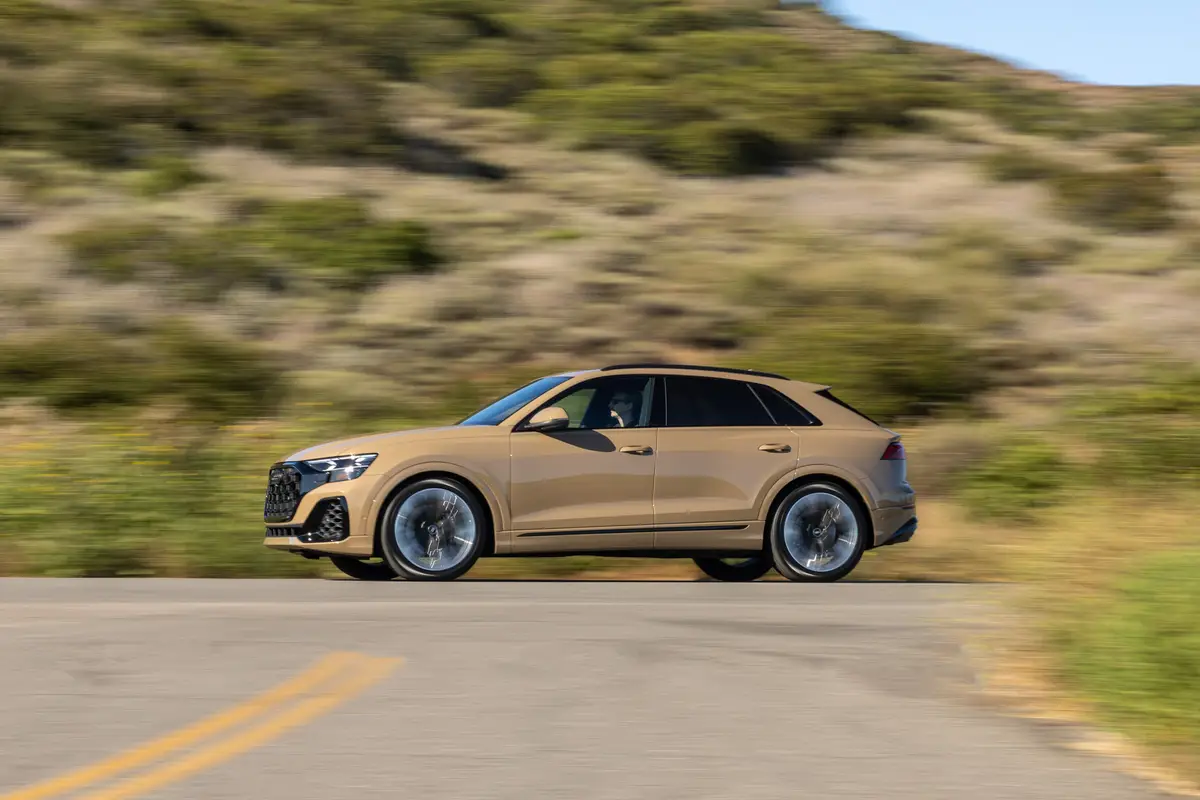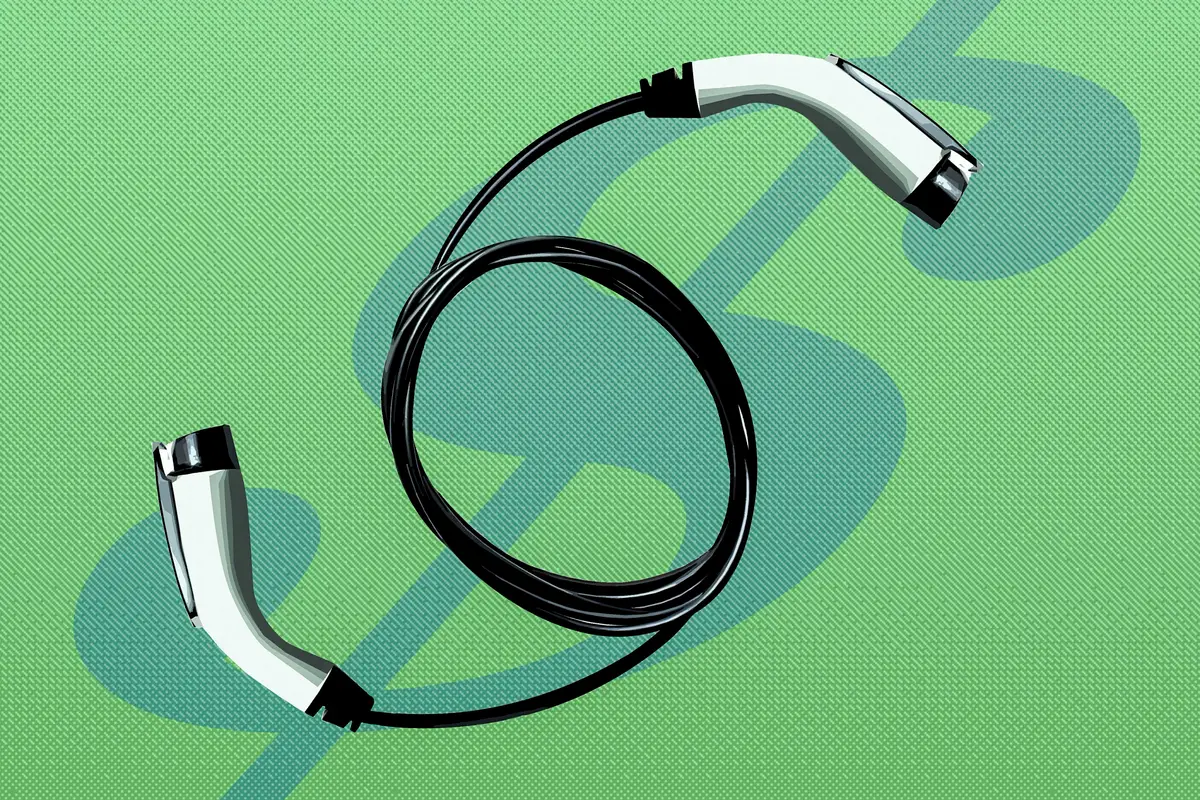washingtonpost.com's view
BMW should begin its entry-level cars with the new 328i sedan. That would mean scrapping its 323-series models, but the sacrifice would be worth it. Those lower 3-Series BMW cars have Volkswagen appeal — which is okay, if you want a Volkswagen. But at a BMW price? I don’t think so.
The 1999 328i sedan, on the other hand, is what a BMW should be — a high-performance machine fitted with quality components. Nothing cheap-feeling about it. Nothing compromised. The steering wheel is adjustable. The seats are comfortable. The shift action is smooth, sensuous. It’s just a darned pleasant car to drive, which cannot be said about the recently tested 1998 BMW 323is coupe.
Here’s the problem: BMW is a boutique automaker — meaning it produces and sells fewer than 800,000 cars a year. And though the company clears a healthy 9.1 percent profit on those cars — and 675,076 sold last year — truth is, it can’t do that forever and grow in an increasingly competitive global auto industry.
If you don’t grow, you go — either through merger or some other business consummation. This explains why BMW lately has been trying to expand its worldwide market by lengthening its product line.
It is a logical strategy, but one fraught with risks, especially at the lower-priced end. Some companies tend to cut costs at that end of the market, omitting, for example, a feature such as a tilt steering wheel — thus engaging in a kind of product surgery that undermines the value and prestige of the marque.
This is what happened with BMW’s early 323 models, which compare poorly with, say, the Volkswagen Passat and Honda Accord. The new 323 cars have been improved — they’re wider, more comfortable, and now come with a worthy 170-horsepower, six-cylinder engine. But their enhancements still leave them in league with equally competent but less costly VW, Honda and Toyota models.
Differentiation comes with the 1999 BMW 328i, which offers a better reason for spending a BMW buck — about $33,000 worth, in this case. From its scalloped headlamps to its leather-clad interior — supple leather, this time — it is a quality piece. BMW’s designers finally seem to have gotten the idea that engineering precision and ergonomic opulence are not mutually exclusive commodities. Heck, this time they’ve even arranged the rear seats to accommodate the legs, backs and bottoms of full-size adults on a trip longer than 50 miles.
The 328i is equipped with a 2.8-liter, double-overhead-cam, inline six-cylinder engine that can produce 193 horsepower at 5,500 rpm and 206 pound-feet of torque at 3,500 rpm. That is only 23 more horsepower than the 2.5-liter inline six in the 323i sedan. But in terms of feel, it makes all the difference in the world. The 328i simply seems to move with more authority.
Both the new 328i and 323i sedans share critical components, such as a strut-type front suspension with forged aluminum lower control arms and hydraulic cushions. Both come with speed- sensitive power steering and four-wheel, ventilated anti-lock disc brakes. Both are equipped with standard five-speed manual transmissions — though the five-speed ZF C gearbox in the 328i has a discernibly smoother-shifting feel than the Getrag B-plus transmission in the 323i.
The major differences are in equipment packages, such as the use of standard 15-inch radial tires on the 323 and wider, stickier 16-inch diameter radials on the 328i. But those differences — chiseling on a component here and adding one there — makes the 328i more of a BMW than the noticeably compromised 323i. Question is, who wants to pay for a compromise at a price starting at $26,000?
1998 BMW 323is Coupe, 1999 BMW 328i Sedan
Complaints: None on the 328i. It is everything it should be. But on the 323i? If BMW wants to make a Toyota or a Honda, it should use a different nameplate or something.
Praise for the 328i: This is what I would do: If I really wanted a BMW and could only afford to buy in at the lower level, I’d save the money to buy the 328i. Delayed gratification, in this case, is worth it. The 328i is not a cheaper version of anything. It is what it is — a fine, premium, rear-wheel-drive compact car sold at a perfectly reasonable price.
Ride, acceleration and handling: BMW likes to brag that its machines are driver’s cars. The 328i certainly fits that mode — boffo acceleration, handling and braking. But this was the first time, in a 3-Series BMW, where my rear passengers said they enjoyed the ride. “You sure this isn’t a 5-series?” asked one. That is the difference between “value” and “compromise.”
Head-turning quotient: In terms of exterior styling, a BMW is a BMW, unless it is the outrageously wonderful M-Coupe, which this column will feature soon. But the interior treatment on the new 328i drew kudos. It was warm, friendly, very happily un-BMW-like in that regard.
Safety: Rear-seat side-impact air bags; front-seat head-protection system designed to reduce the incidence of whiplash in rear-impact collisions; automatically locking retractors on all safety belts.
Mileage (five-speed manual): Estimated 24 miles per gallon. Takes 16.6 gallons of premium unleaded gasoline. Estimated range in mostly highway driving is 390 miles.
Price: Base price on the 328i is $33,400. Dealer’s invoice price on the base model is $29,725. Price as tested is $36,870, including $2,900 in options and a $570 destination charge.
Purse-strings note: The BMW 323i starts at $26,400. But, hey, at that price, you can get a substantially better-equipped, and arguably better-performing, Honda Accord.
Latest news



